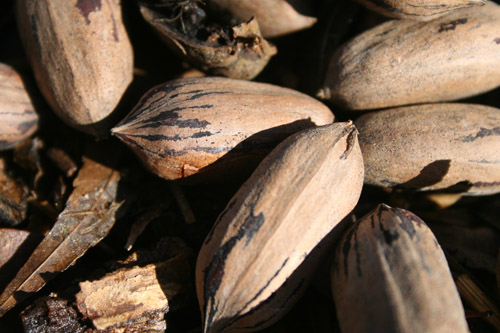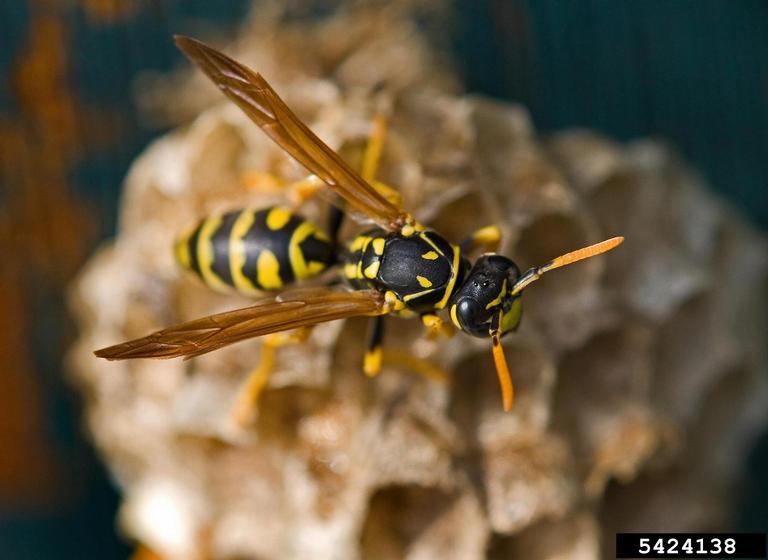As the holiday season approaches, many American home bakers will be looking for Georgia pecans to add to pies, casseroles or cookies. They won’t be the only ones. Chinese consumers will be buying, too.
“It varies, but last year Georgia growers sold close to 50 percent of their pecan crop to China,” said Greg Fonsah, an economist with the University of Georgia College of Agricultural and Environmental Sciences. “The Chinese high demand for pecans has not significantly impacted prices nationally. But it is likely that individual growers and perhaps some states may take advantage of the Chinese demand and improve their profit margins.”
Wholesale prices for pecans vary from market to market and from cultivar to cultivar. In Los Angeles, for example, pecans from Alabama, Georgia and Texas are going for between $1.15 and $1.20 per pound, Fonsah said. In New York, Georgia pecans are being sold wholesale for a $2.10 per pound.
Setting prices
Most of Georgia’s crop comes from improved varieties, which bring higher prices than native and seedling nuts. Fonsah says several factors tie into the price of pecans.
“For instance, a cultivar like Desirable might command better prices than Sumner in one area and vice versa,” he said. “Also, some states might get better prices than others depending on quality, overall cosmetic appearance, negotiation skills of the grower and targeted markets.”
In 2008, Florida growers got $1.84 per pound for their nuts, compared to the $1.47 per pound Georgia growers received, he said. But in 2007, Georgia growers got $1.06 per pound and Florida nuts sold for 96 cents per pound on average.
Georgia battles with Texas over the No. 1 spot in pecan production. “Georgia may still be No. 1, but when we get hit with low production due to disease and drought or in ‘off’ years, Texas is No. 1,” he said. “This is an ‘on’ year for pecans, though.”
Economics of nuts
Georgia growers will harvest an estimated 90 million pounds of pecans this year, or 29 percent more than last. Nationally, production is up 59 percent, Fonsah said.
“This will definitely affect overall prices,” he said. “The price of nuts is lower during a good production year and higher during a bad production year. Volume has a direct impact on prices, and since pecans have an alternate-bearing pattern, this helps fluctuate the prices.”
That’s simple supply and demand economics.
Buyers who sell to the gift-box market get the highest prices for pecans and other nuts, said CAES agricultural economist Wojciech Florkowski.
“These are always the best quality nuts in terms of kernel size and color,” he said.
He says the current economic situation in the U.S. will also affect pecan sales this holiday season.
“The demand for pecans and nuts in general will be affected by household incomes,” Florkowski said. “Incomes have declined as compared to previous years, but older consumers are continuing to buy nuts with their health benefits in mind.”








